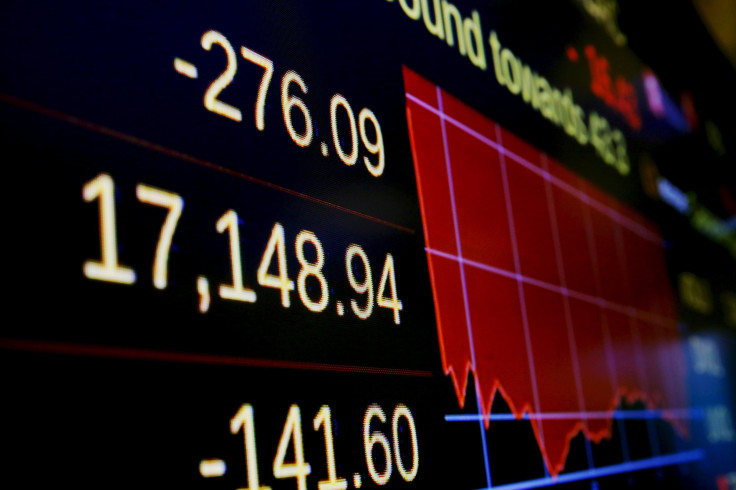US Economy In 2017: Trump’s Policies, Oil Prices, Interest Rates, The Dollar’s Value And Other Trends To Watch

Aside from winning the now practically ubiquitous label of “worst year ever,”2016 was a solid year for the American economy. The unemployment rate hit a nine-year low in November, the Dow Jones Industrial Average climbed more than 2,600 points, or about 15 percent, over the course of the year and U.S. gross domestic product growth rose for all three consecutive quarters of the fiscal year, with a third quarter growth rate of 3.5 percent.
As attention turns to 2017, and President-elect Donald Trump’s transition team prepare a new round of policy proposals, here are seven major economic trends to watch next year.
The Federal Reserve’s interest rate hikes
On Dec. 14, Federal Reserve Chair Janet Yellen announced that the central bank would hike its target for the federal funds rate, a bank-to-bank lending rate closely trailed by mortgage, credit card and other interest rates. But the Fed’s work is far from finished: The federal funds rate remained at historically low levels by the end of 2016, and Yellen has promised to raise the rate three more times in 2017.
Still, many, like Arian Vojdani, an investment strategist at MV Financial, are skeptical.
“It’s kind of a wait and see—will there actually be three [hikes]?” Vojdani said, adding that the Fed promised four rate hikes in 2016, only to deliver one.
Trump’s policies could be good…
Many, like Deloitte Services LP senior manager Daniel Bachman, who specializes in economic forecasting, are betting on positive tailwinds from Trump’s $1 trillion infrastructure stimulus proposal, if it is ultimately enacted next year.
“Our current forecasts include an optimistic baseline scenario in which the incoming administration’s policies are accepted,” Bachman told IBTimes, referring to the stimulus package.
…And bad.
One major pitfall for the American economy may come in the form of higher trade barriers, which would result from the new president’s adversarial stance with China, America’s top trading partner, and his resistance to free trade agreements.
“Trade-sensitive industries, industries with global supply chains, could be impacted,” Bachman said. “A lot depends on trade policy.”
A stronger dollar (and a bigger deficit)
Higher interest rates, coupled with higher U.S. government bond yields, stand to boost the value of the dollar, which is good for people traveling abroad, but bad for the deficit. With the dollar becoming more attractive to investors, that form of payment will flow out of the U.S. at faster rates in exchange for larger volumes of products flowing into the U.S. from abroad.
As Bachman put it, “As long as foreigners want, on net, to buy U.S. assets, they will, on net, sell goods and services to the U.S., and the U.S. will run a trade deficit.”
Mortgage rates
Another major element of the economy vulnerable to a higher federal funds rate and growth in government bond yields is the interest rate on home loans. If the Fed follows through on its pledge to raise interest rates three times, the recent spike in mortgage rates—in which the 30-year fixed rate jumped nearly a full percentage point, to 4.32 percent, in two months—will likely pick up steam.
Credit card defaults
By the third quarter of 2016, average household credit card debt continued a three-year rise to $5,946.48, according to a study by NerdWallet. As Matt Schulz, a senior industry analyst at CreditCards.com, told IBTimes, this trend is likely to worsen next year.
“With the growth of credit card balances, plus the Fed’s increasing interest rates in 2017, I think we’ll see an increase in delinquency,” he said.
Oil prices
One month after the Organization of Petroleum Exporting Countries reached an agreement to cut its oil output by 1.2 million barrels per day, or 4 percent, the price of Brent crude, an international indicator, hit its highest levels since the summer of 2015.
Whether this trend will continue depends on OPEC’s ability to hold up the agreement, which includes non-member nations like Russia, Mexico, Venezuela and Kazakhstan as well. Time will tell whether any members give in to temptations to cheat on the agreement by selling large amounts of the commodity and cashing in on already-higher prices, as has happened many times before.
© Copyright IBTimes 2024. All rights reserved.












